It’s almost inevitable to know Paul, especially if you are a young, gay artist living in Brookyln. Being a force of nature, photographer Paul sort of scared me before I knew him but the minute we started singing songs by the Happy Mondays and dancing around John Connelly presents, I knew we would get along like a house on fire; and we have. Paul is the kind of friend you have always desired – a friend that supports you in many wonderful ways, personal and professional.
His recent exhibition at the Studio Museum in Harlem was all about the collection of studio detritus and the people that pass through Paul’s life. Paul’s work is about his life and I have been pleased and honoured to be such an active participant in it. We are on this journey together and being an artist in New York has been ever the more rewarding because of Paul’s presence.
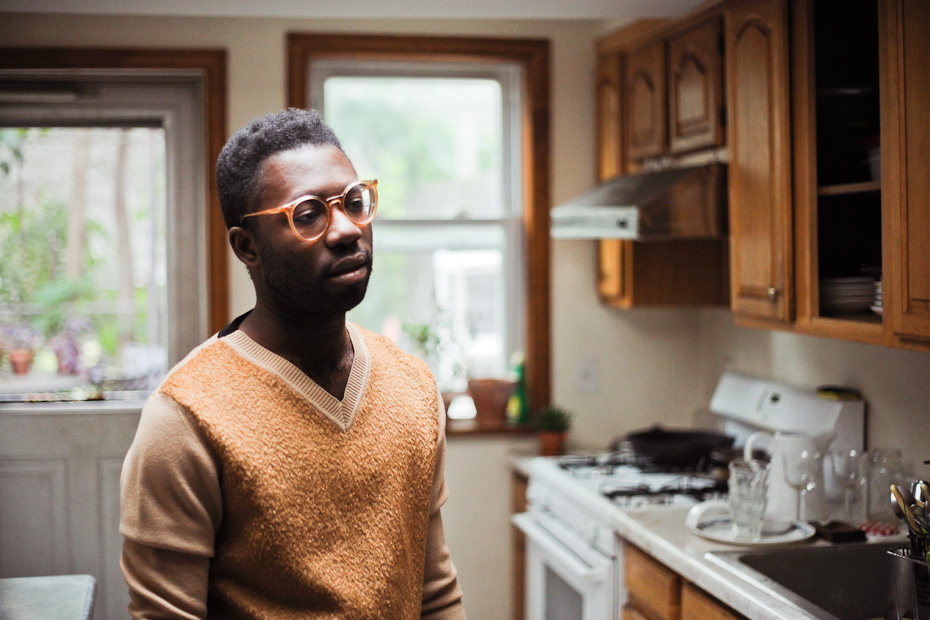
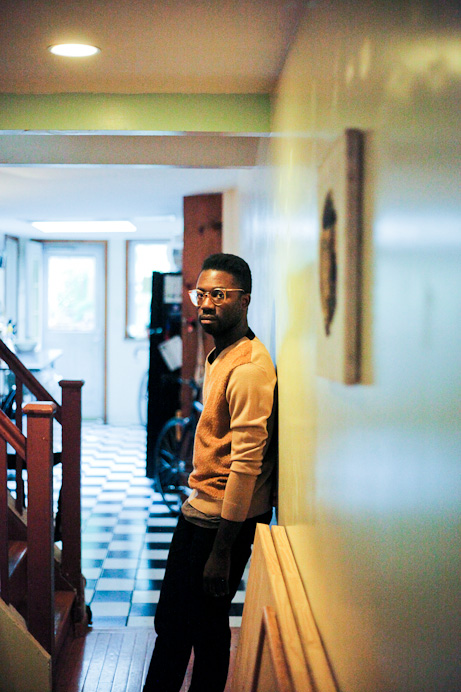
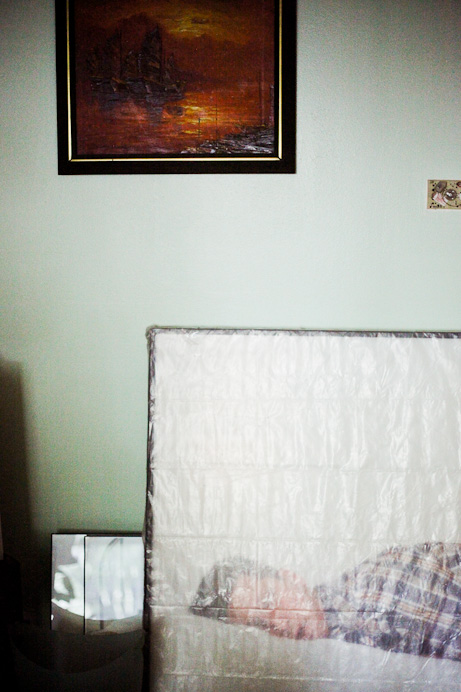
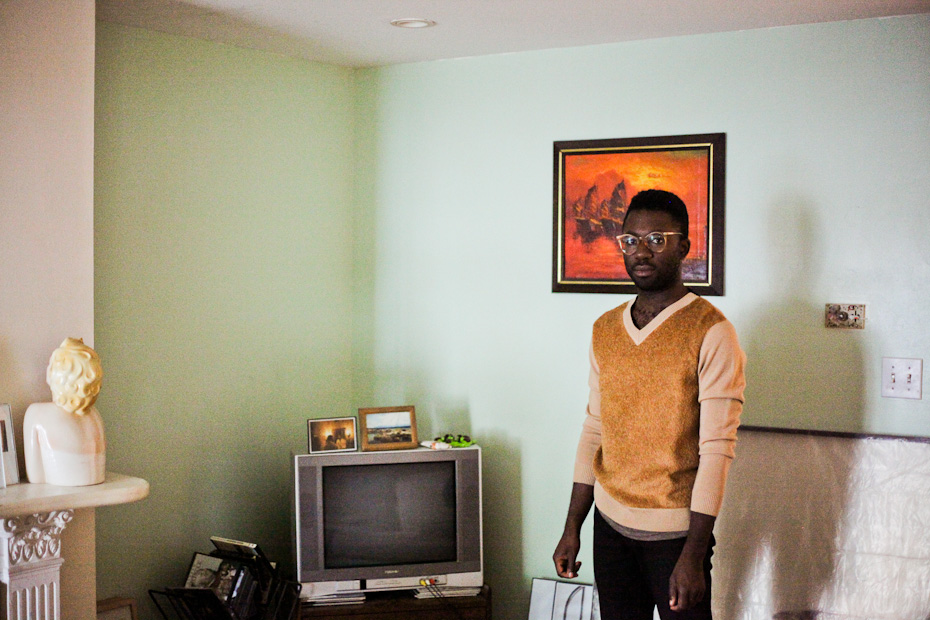
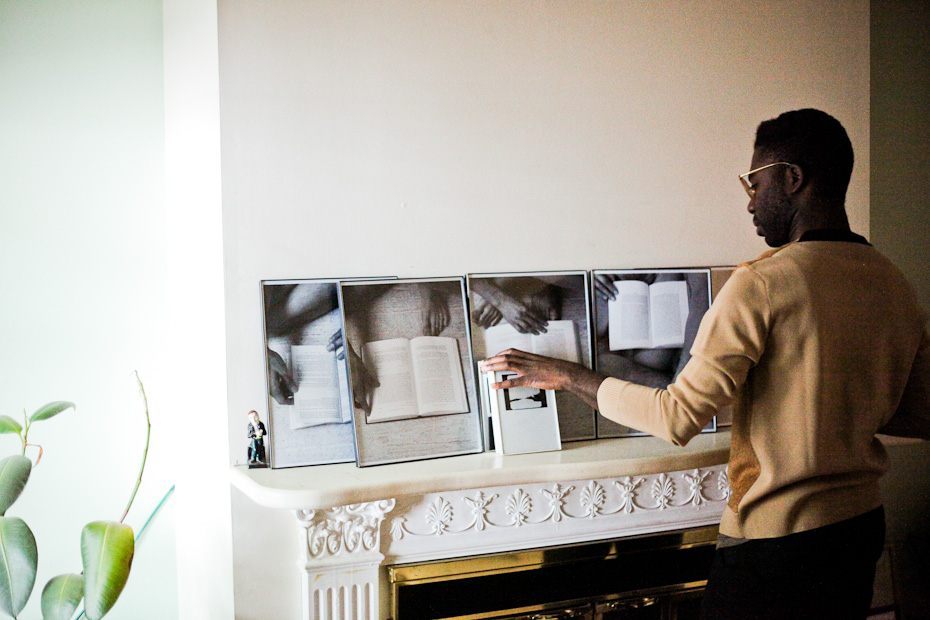
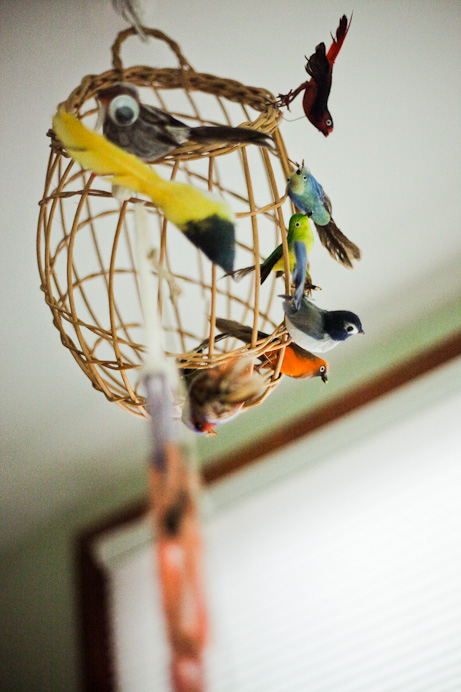
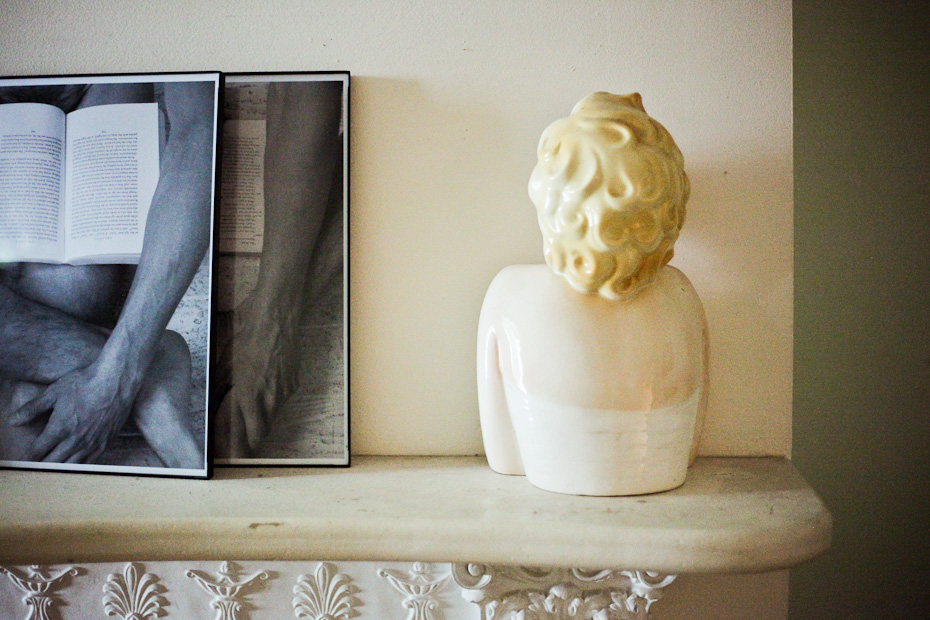
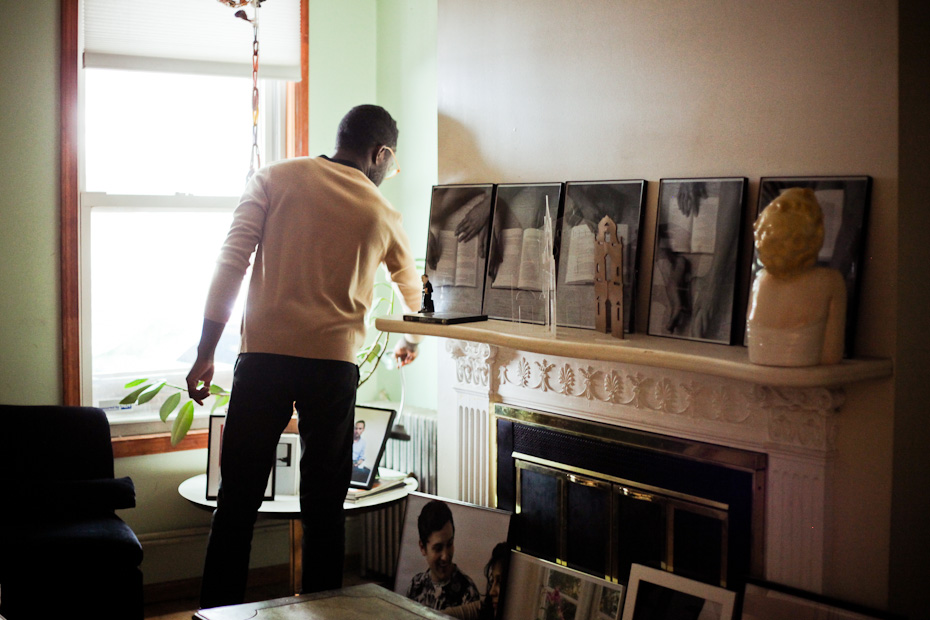
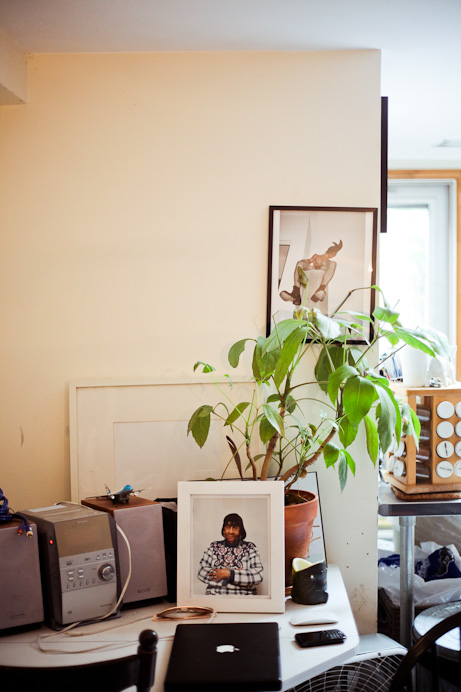
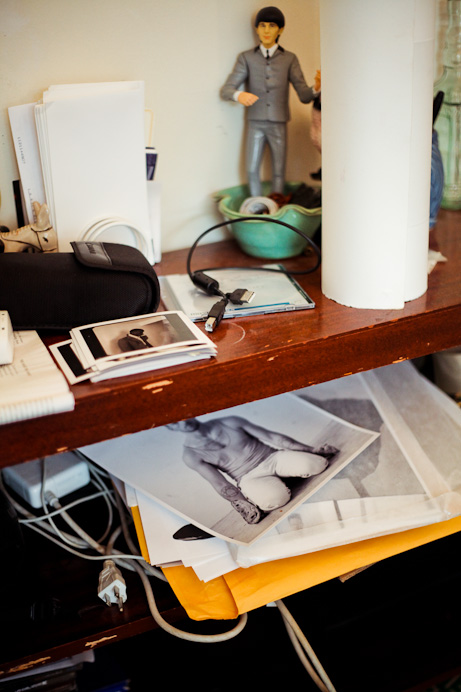
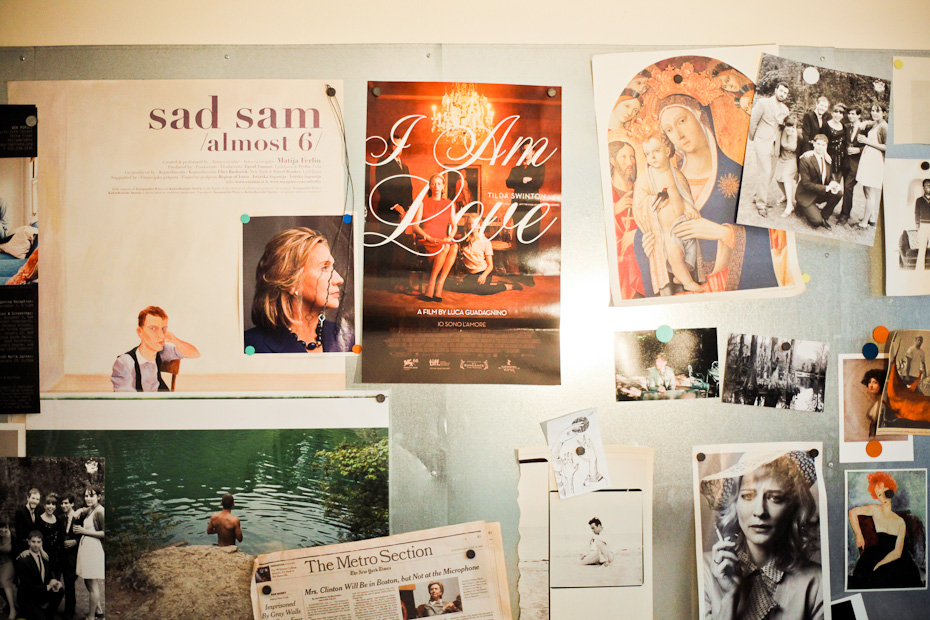
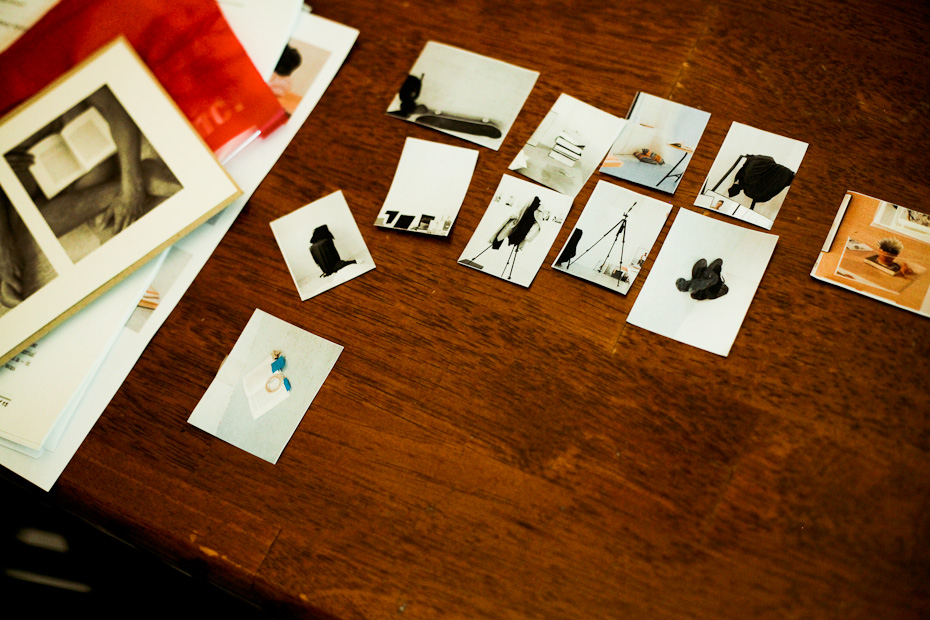
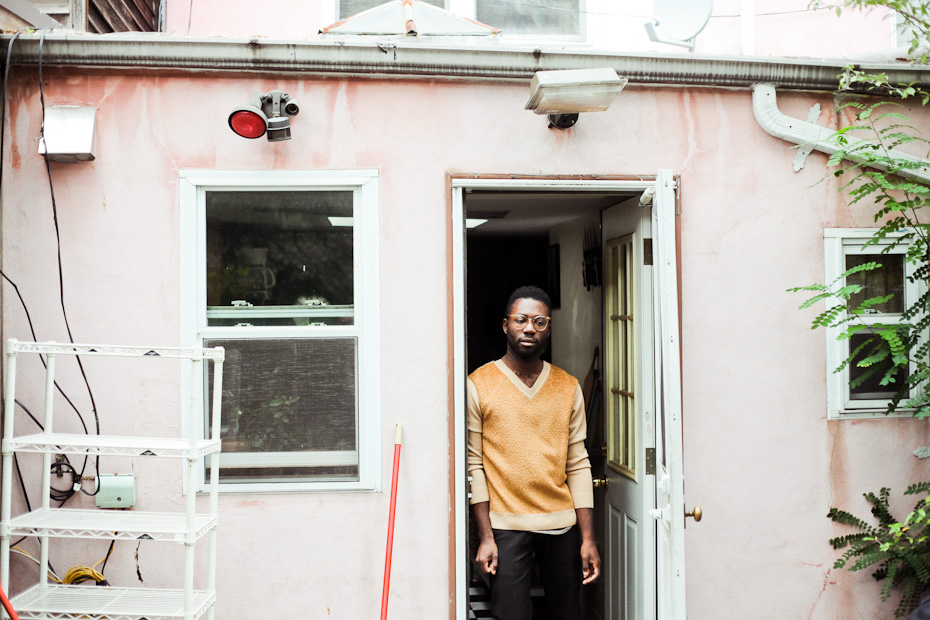
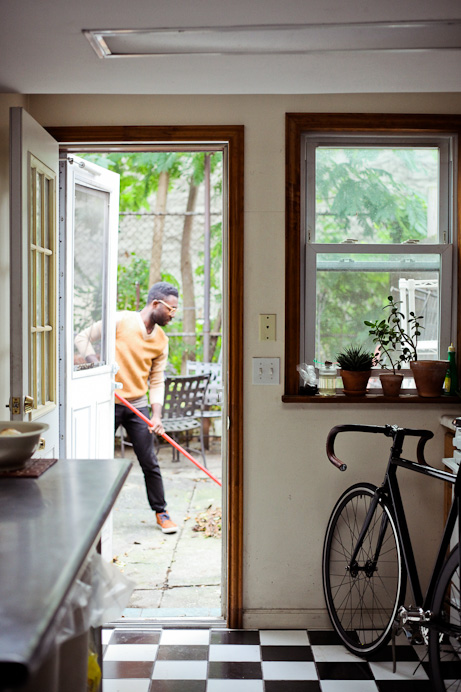
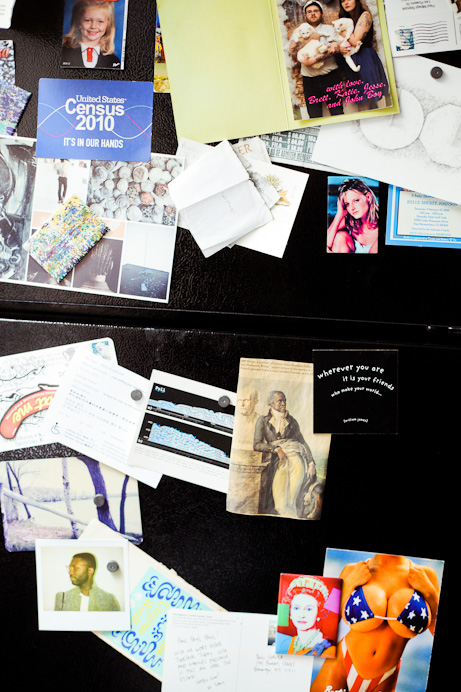
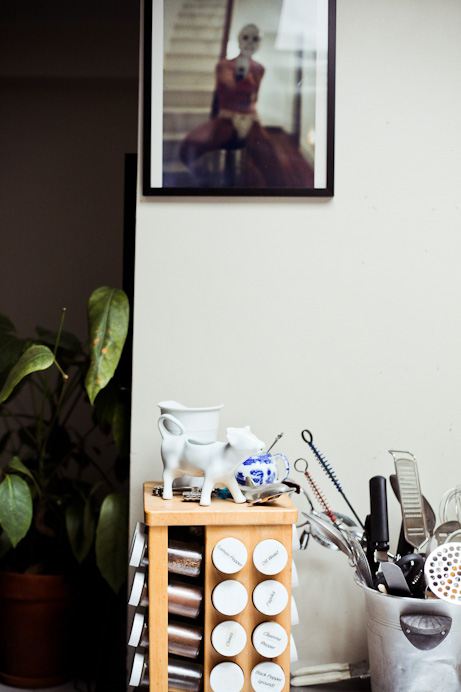
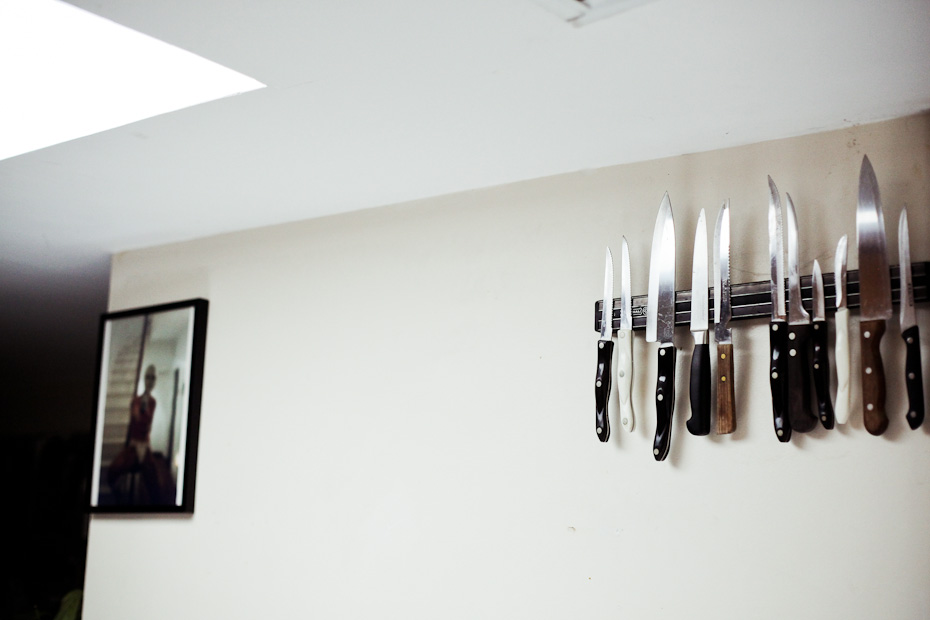
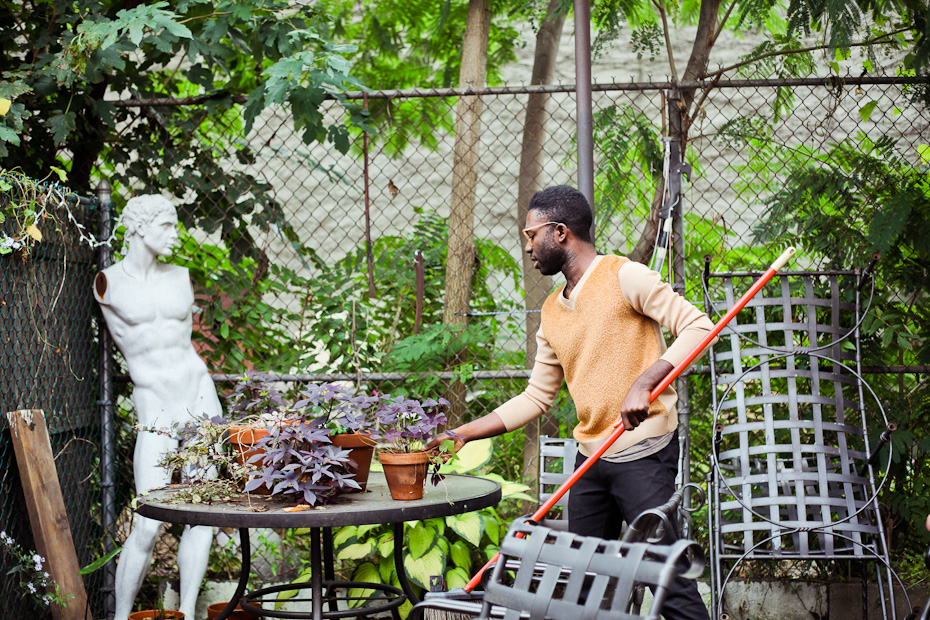
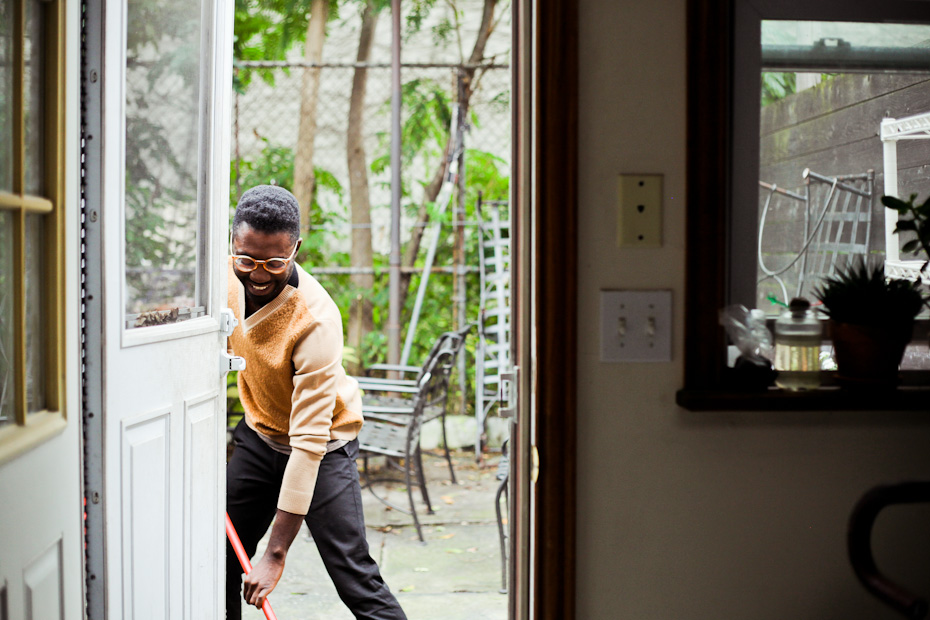
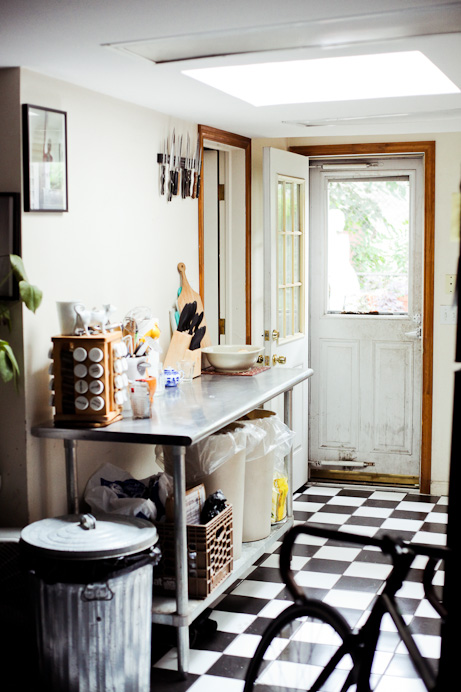
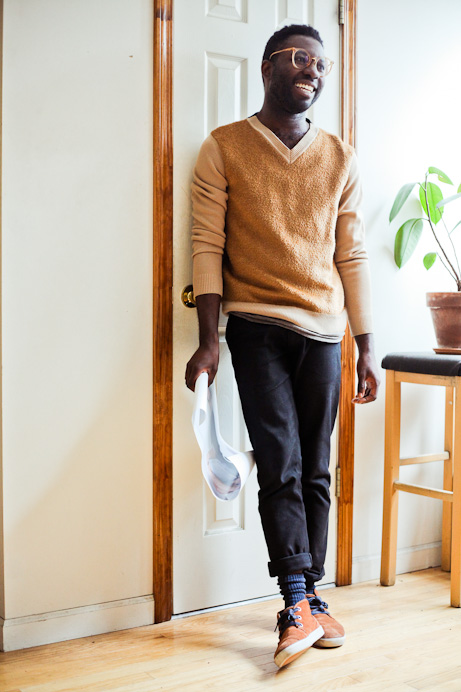
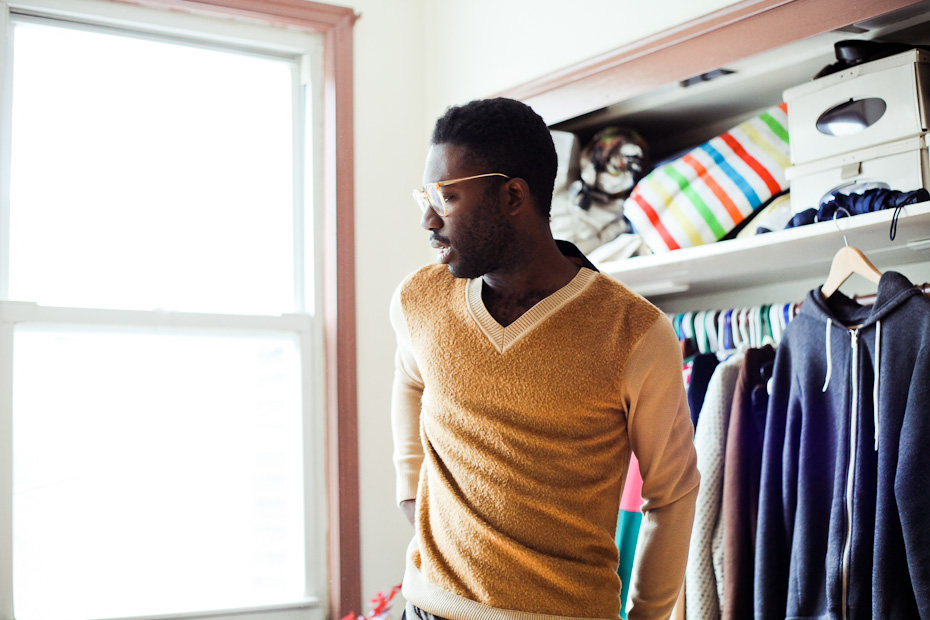
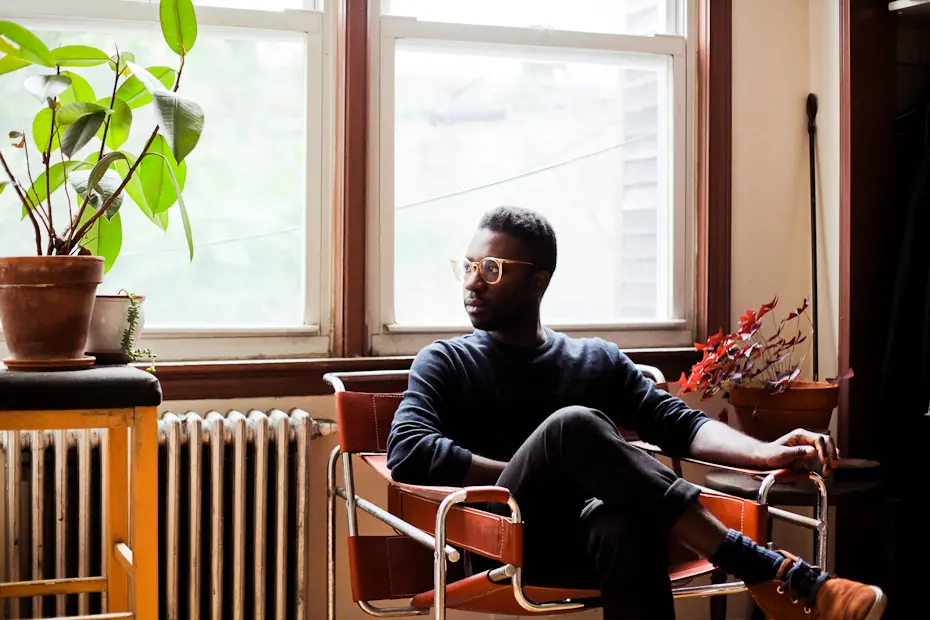
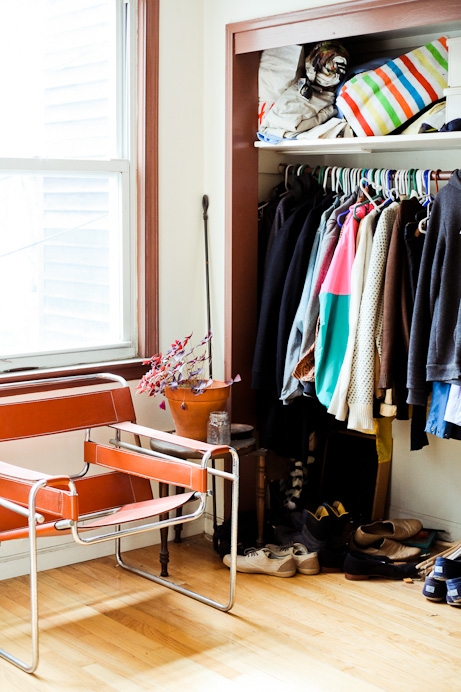
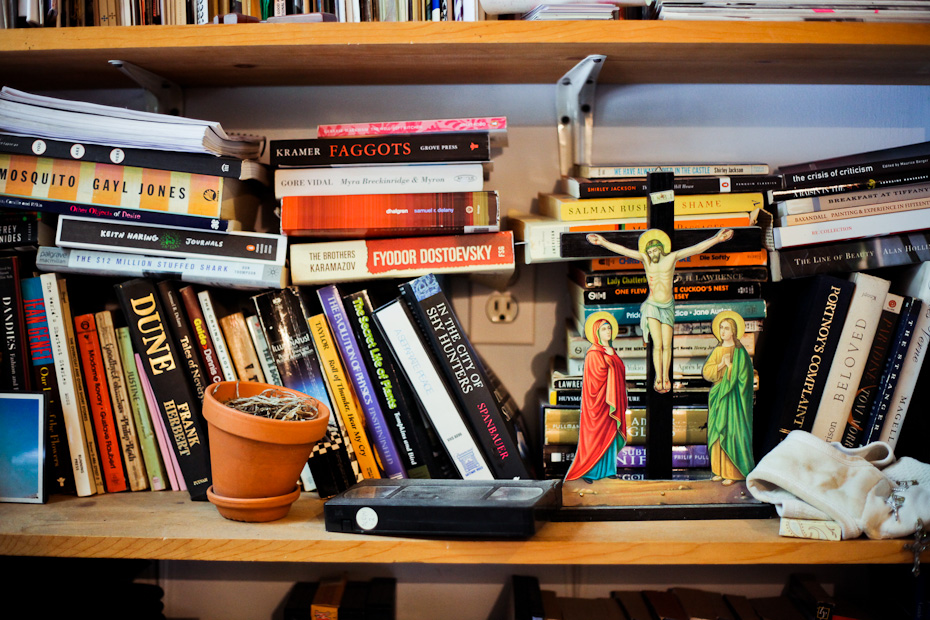
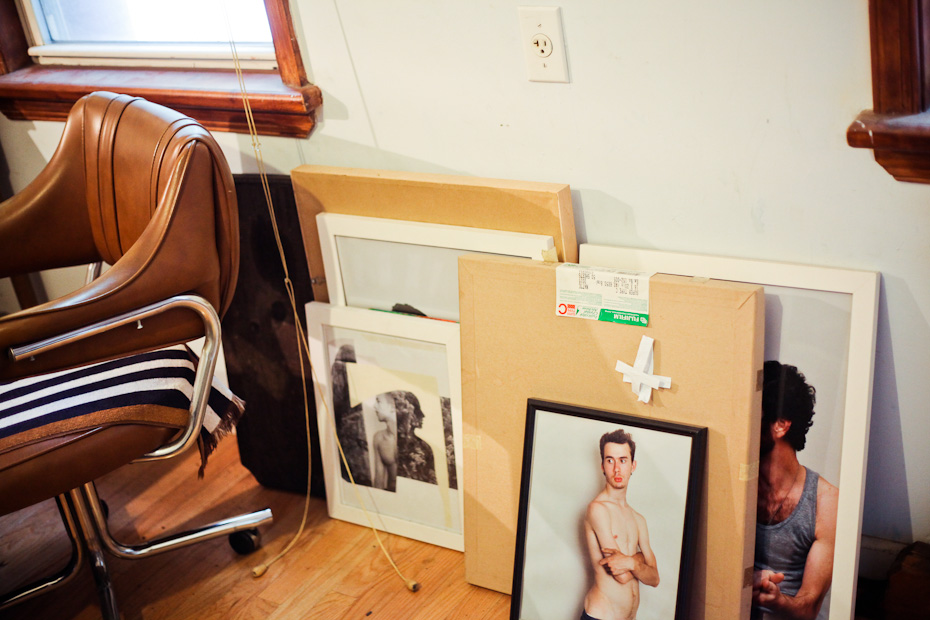
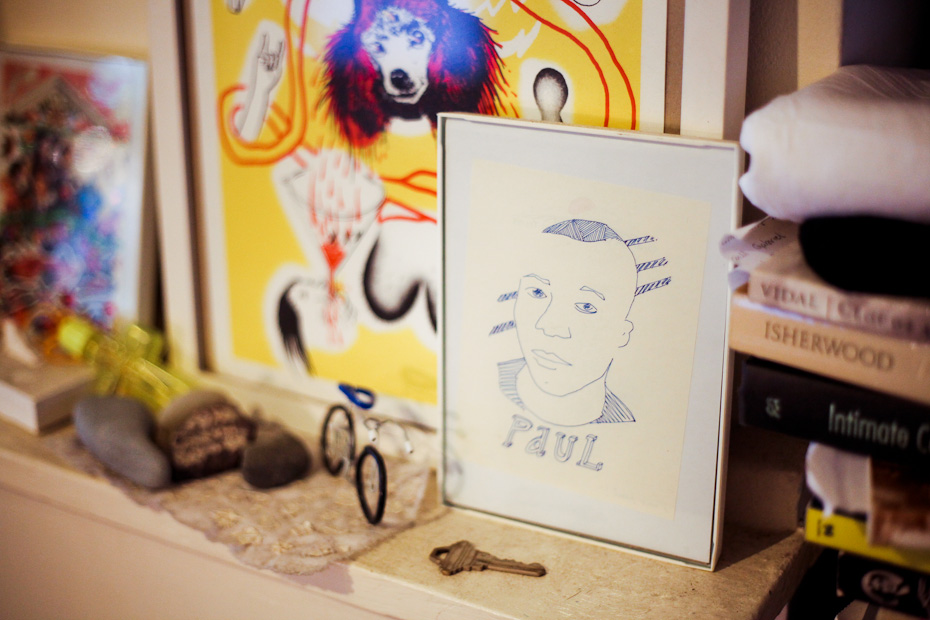
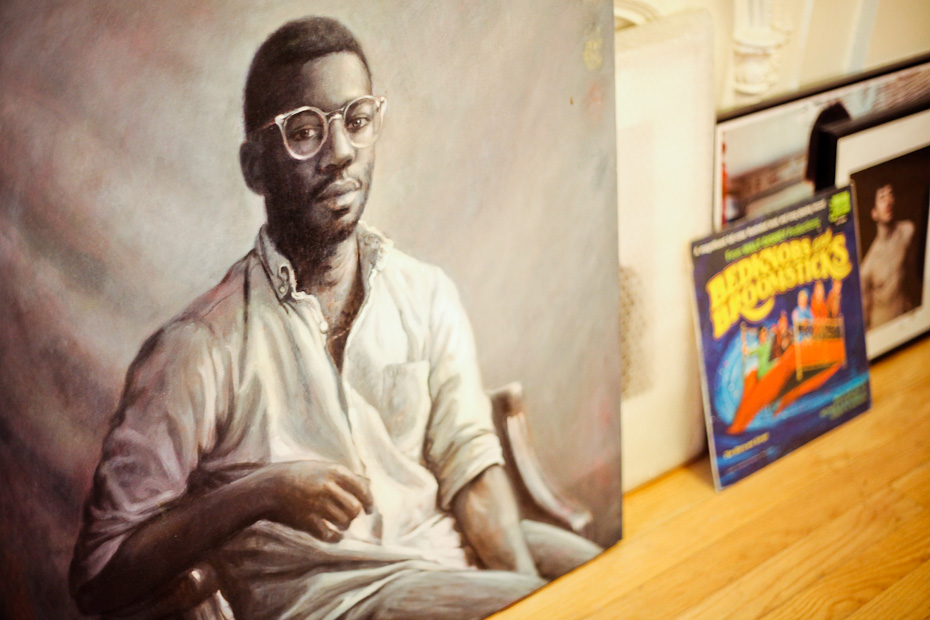
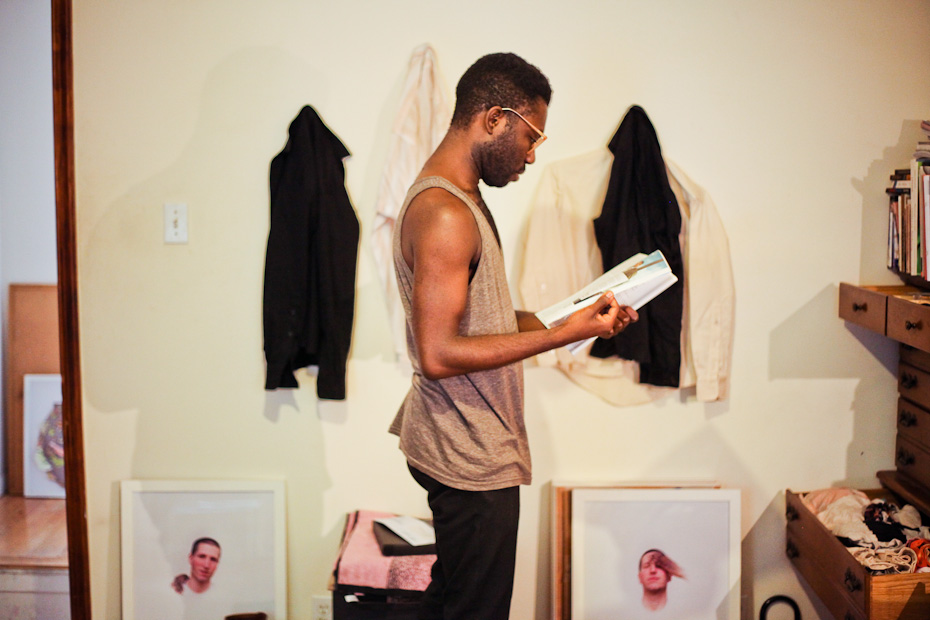
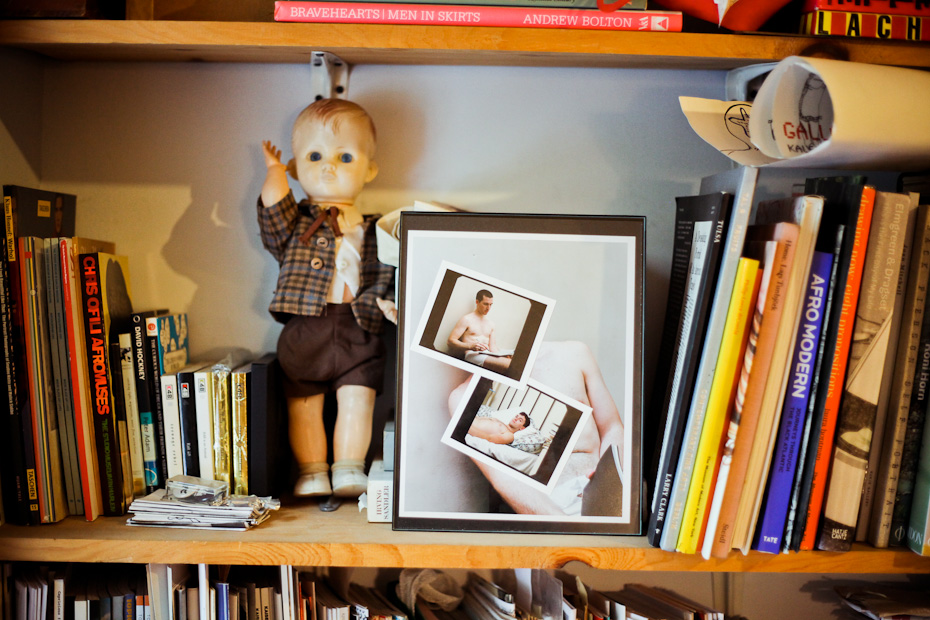
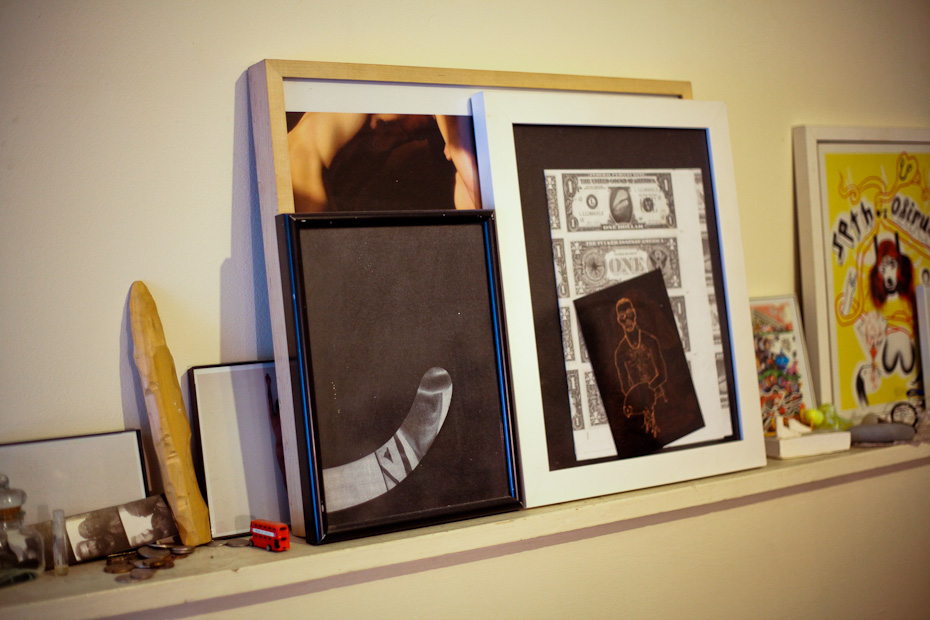
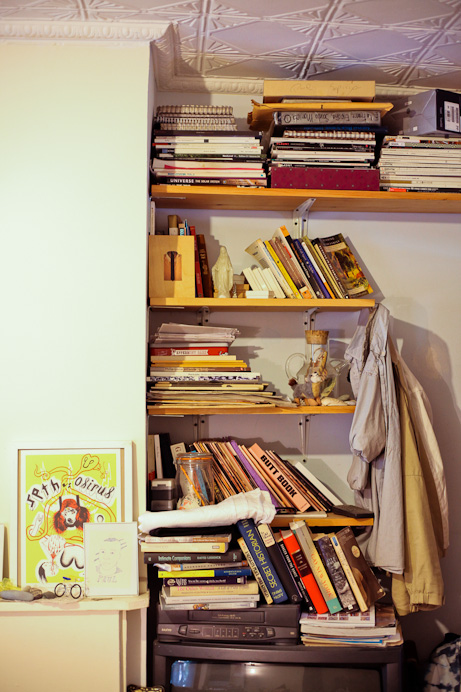
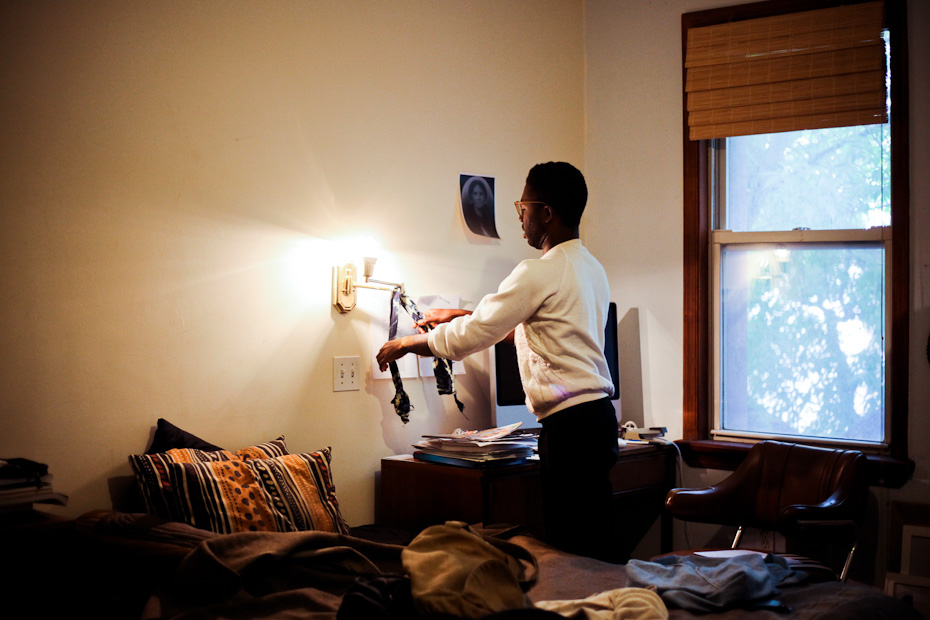
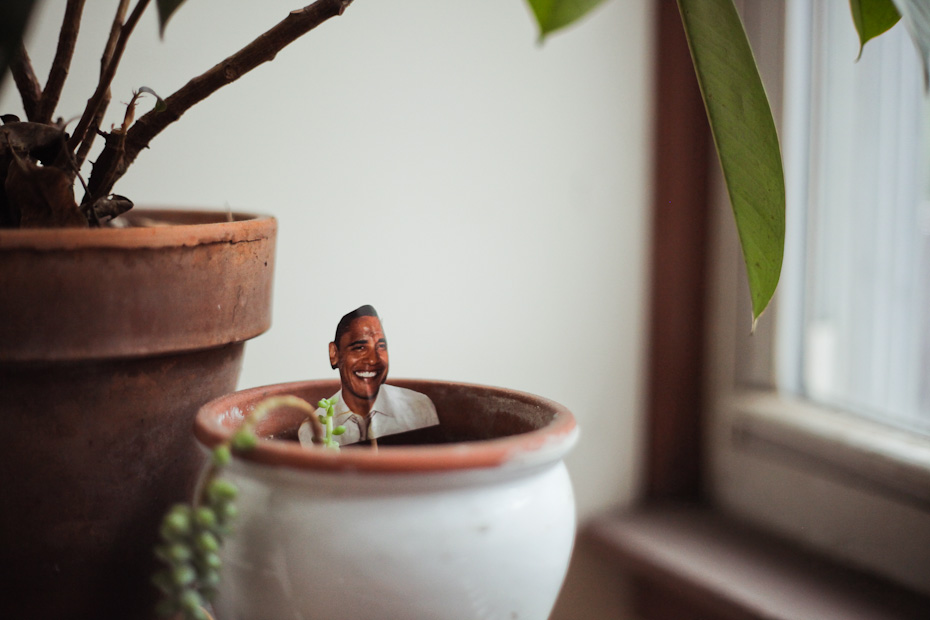
Throughout the years, you have focussed on taking traditional portraits of friends, lovers, relatives or even strangers. However, every so often you physically make an appearance, and increasingly, you are showing up more and more; either as yourself or an avatar. What marks the shift between self-portrait and portrait of others? What does the presence of the artist signify?
When I first began making images of people – photographs that I still don’t think of as proper portraits – I didn’t feel a need to make self-portraits and I hadn’t thought about it. These were images made with artist models, strangers, etc. that I was making in the year after I finished my undergrad. There is a big difference between making images of people and making a portrait. A portrait has a two-way connection and requires an investment by the artist, by myself. When I began the project in the Winter of 2004/2005 that eventually became Beloved Object & Amorous Subject (Revisited), it soon became clear to me that I had to make myself present in the work as well.
Usually you take photographs for interviews with other people. What is it like to have your portrait taken by another photographer?
It’s always interesting to see how other people take an image of me. There’s a great amount of control that balances out some of the vulnerability in self-portraiture. It’s nice to be directed by someone else. Fette took these portraits at my house right after I had moved out of a studio space and I kept thinking that everything was out of order, and was actually more concerned about how my house looked!
Previously your work was more about a traditional portrait of a person, but the most recent studio work (from the Studio Museum in Harlem) was all about the casual visitation of people and the detritus of the studio. Now we see portraits of plants, papers, etc. What lead to this change in process, representation and presentation of the work?
What happened was the consolidation of space and time in the work. I’ve always been interested in the difference between the taking of the image, the time between processing and printing, the space of the darkroom and then the return to the work when preparing for presentation – how all of these add to the content and context of the original image. I’ve often gone back and re-edited and re-contextualised images that were taken months, years before, based on the current relationship I have to the person.
I have had various studio situations in the past, but the spaces were storage, office-type spaces where I would occasionally lay works out for editing and review before filing them away again. I began taking snapshots of these desktop arrangements and prints pinned to the wall of the studio in context, and labelled the dates on them to return to later. These photographs turned into the images of prints in the studio. The clean white-wall portraits in my home gave way to their domestic surroundings – the tabletops, beds, plants, chairs – and in the Studio Museum residency, it was the accumulation of the working environment that became the setting, grounding the images.
Do you feel that your work has become less ‘gay’ and more ‘queer’ and what does that even mean to you?
I’ve never really thought of my work as gay or queer in a way that starts from a political identity; as in through this work, I am framing or commenting on that idea. But gayness, queerness as the social world in which I live, opens up many ways of looking at relationships; especially within a web of overlapping connections between people. I think about how the making of artwork affects these and how the resulting images can exist as a record of this social web.
You talk about social webs, which makes me think that your subjects are not randomly selected people, but are somehow all connected, socially or otherwise. Is this true? If so, how important are personal relationships to your work?
Oh of course, yes! They aren’t strangers or randomly selected, nor selected for any other reason than my interest in them or occasionally their interest in participating in these projects. Personal connections and relationships are central to my sustained interest in making the work that I do. There was a natural process over the first few years where strangers were edited out and what remained was stronger – connected to something that existed before and after the moment of the portrait itself.
Can you talk about work you’ve done that doesn’t feature people at all such as the bedscapes that you call ‘landscapes’ or the Alexandria Project, which consists of photos of book pages?
The work that doesn’t feature images of people (or obscured, illegible images of people) is still about my relationships to those people; perhaps even more so as they are about the absent spaces that surround bodies, physically and in time. It is also about the absence of the portrait or the inability to make a portrait (to temporarily ‘fix’ someone if you think of the term ‘fixing’ with the photographic image) and the remaining ghost. The bedscapes were made before or after portraits or coming back to a space where they had been made and looking to find that connection again. Alexandria, based on the Alexandria Quartet novels by Lawrence Durrell, is about the inability to make a portrait and challenging the authoritative voice of any artist’s work made to fix a person (the portrait in visual art or literature). Most of my project themes come from literary sources.
You have published a lot of ‘zines and books and are presently working on a book from your Studio Museum residency. How important to you is the book format?
The book format is important for contextualising and sharing work that is accessible and collectible beyond what the limited edition print allows. It’s about broadening the conversation as well.
What keeps you going when the art world gets you down?
A good amount of friendships that exist outside of the art world! And my mom’s constant faith in my work. I’ve never been one to sit and complain that things aren’t “happening” and ‘zines were important when I first began making work as a way to be generate opportunities rather than sit on the sidelines.
And do you have any advice for young artists who may be just starting out?
Commercial success and success in making good work are two separate things. Find a good day job that supports you financially and creatively and gives you skills that you can use to your benefit. Keep all of your old statements, applications, etc. You’ll learn A LOT by looking back at your mistakes. Never complain and always share the positive!
Thank you Paul for having us! If you’d like to check out his work, have a look at his website.
Photography: Fette Sans
Interview: Timothy Hull
